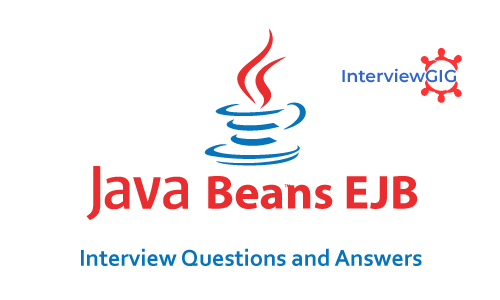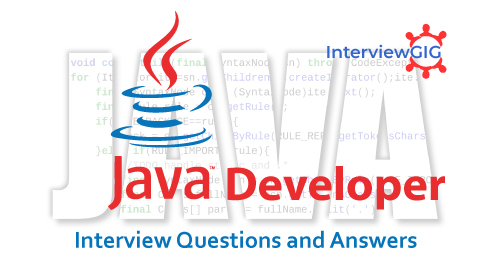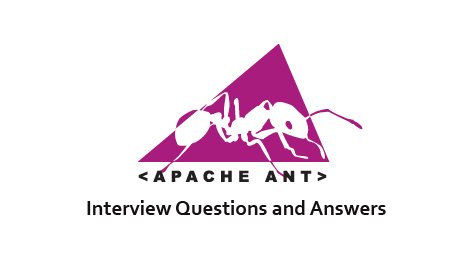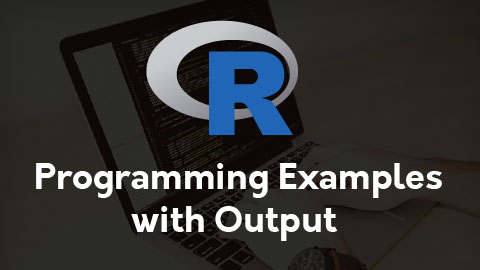Pascal is a high level procedural level programming language that uses structured programming and data structures to encourage good programming. Pascal programming language was originally developed in 1970 by Niklaus Wirth. He is French mathematician, philosopher and physicist Blaise Pascal. Pascal is a relatively easy language, and helps novice programmers to introduce them to other languages such as C, C++, Java or C# – it is the doorstep to other high level programming languages.
A

Top 10 Pascal programming Interview Questions & Sample answers
Question 1: What are the key features of Pascal?
Sample Answer: Strong typing, structured programming constructs, and modular programming are some key features of Pascal. It also emphasizes on readability and ease of maintenance.
Question 2: How is memory managed in Pascal?
Sample Answer: Pascal uses manual memory management. Developers are responsible for allocating and deallocating memory using new and dispose or getmem and freemem procedures.
Question 3: Explain the difference between := and = in Pascal.
Sample Answer: In Pascal, := is the assignment operator, while = is the equality operator. := is used to assign a value to a variable, and = is used to compare two values for equality.
Question 4: What is the purpose of the var keyword in Pascal?
Sample Answer: The var keyword is used to declare variables in Pascal. It indicates that the variable’s value can be changed during the execution of the program.
Question 5: Describe the significance of the begin and end keywords in Pascal.
Sample Answer: The begin and end keywords are used to delimit a block of code in Pascal. They define the scope of procedures, functions, loops, and conditional statements.
Question 6: How are arrays implemented in Pascal?
Sample Answer: Arrays in Pascal are implemented with a fixed size and start indexing from 1. The declaration syntax is var myArray: array[1..N] of DataType;, where N is the size of the array.
Question 7: What is the purpose of the record type in Pascal?
Sample Answer: The record type in Pascal is used to define a user-defined data structure that can hold different data types under a single name. It is similar to a struct in other languages.
Question 8: Explain the concept of pointers in Pascal.
Sample Answer: Pascal supports pointers through the ^ (caret) symbol. Pointers are used for dynamic memory allocation and manipulation. They are declared with the ^ symbol followed by the type.
Question 9: How is exception handling done in Pascal?
Sample Answer: Pascal uses the try, except, and finally blocks for exception handling. Code that might raise an exception is placed inside the try block, and corresponding exception handling code is written in the except block.
Question 10: Discuss the difference between procedural and object-oriented programming in Pascal?
Sample Answer: Procedural programming in Pascal involves writing procedures and functions that manipulate data, while object-oriented programming (OOP) introduces concepts like classes and objects, enabling encapsulation, inheritance, and polymorphism.
What is Pascal?
Pascal is a procedural programming language developed in 1970 by Niklaus Wirth. It is a small and efficient programming language which supports data structure and structured programming.
What are Pascal sets?
Pascal set is a collection of elements of the same type. It allows defining the set data type. The set elements are enclosed in a square element.
What are Pascal units?
A Pascal program consists of modules referred as units. A module or unit might consist of some code blocks, which again consist of variables and type declarations, statement procedures, etc. There are many built in units in Pascal.
What is the reason for using UNITS?
There are three reasons to use units in programming
- When you want to use the same code in some other program to do the same job
- For ease of handling, some large programs are split into a smaller section
- If you put code in a unit, it becomes easy to call and use it again
What are the data types included in Pascal?
Data type defines a range of values that a variable can store. It also includes set of operations that are performed on different data types.
There is predefined data type as:
- Integers: Integers are the whole numbers that allow only the numbers to be written without any decimal points.
- Real Numbers: The real numbers are treated as floating point numbers that can have decimals as well with the non-decimal digits.
- Boolean Data Types: Boolean data types define only the two values either it is true or false. In programming it can be used when there is a decision need to be made between the two entities.
- Char Data Type: Char data type allows the single character to be written in an ordered form with the ordered character set.
What is the different pointer types used in Pascal?
Following are the different pointer types used in Pascal:
- Record Pointer: It is used to allow the recording of the node and the sub-fields that are used.
- Reference Pointer: It specifies the reference to the dynamically created variables.
- Associate Pointer: They have an associated data type with them that they can check for compatibility with another type.
What is IP Pascal?
IP Pascal stands for Interplatform Pascal. It supports the following platform in its current configuration:
- Windows /95/98/ME/NT/2000/XP.
- Linux/86.
What is unit in Pascal?
Modules of Pascal programs are referred as units. A module or unit contains some code blocks, which contain variables and type declarations, statement procedures etc. There are many built-in units in Pascal.
What is constant in Pascal?
Constants are something that remains unchanged during program execution. Pascal declares the following constants:
- Ordinal Types
- Set Types
- Pointer Types
- Real Types
- Char
- String
What are the REPORT methods for which the portability is given in Pascal?
There are two REPORT methods for portability:
Application: It contains a guideline which facilitates you to use implementation and features according to the compiler, to make the application more portable.
Compiler: It is used to implement the language that is likely to implement the features like determining of the types compatible with one another.
What is Constructor and Destructors for Pascal Object?
Constructors: Constructor is a special type of method, which is called automatically whenever an object is formed. You can create a constructor in Pascal just by declaring a method with keyword. This method is known as Init method.
Destructors: Destructor is a method, which is used to destroy the memory allocation created by constructors
What is the difference between apple Pascal and UCSD Pascal?
UCSD Pascal: UCSD Pascal is a Pascal programming language system, run on UCSD p-system a portable, highly machine-independent operating system.
Apple Pascal: Apple Pascal is a language and operating system based on the UCSD Pascal system.
What are the types of Loops in Pascal?
The types of Loops in Pascal are
- Fixed Repetition: It repeats only a fixed number of times
- Pretest: It tests a Boolean expression, then goes into a loop if TRUE
- Posttest: It executes the loop, then tests the Boolean expression
What is the difference between Turbo and Standard Pascal?
- The Turbo Pascal uses dynamic variables and pointers to show the standard procedures like new, mark and release. Whereas, standard Pascal doesn’t use dynamic variables and uses procedures like new and dispose.
- Turbo Pascal is more efficient, faster and doesn’t require the support code that offers the compatibility factor. Whereas, Standard Pascal doesn’t, accept the record specifications for their standard procedures.
- Turbo Pascal is using the local variables that are handled in the recursion phase and it also passes the recursive calls to others. Whereas, Standard Pascal doesn’t, make use of recursion for their subprograms.
- Turbo Pascal doesn’t use the Get and Put methods but instead of that there is a use of Read and write procedures that extend the functionality of the I/O methods. Whereas, it supports the use of get and put methods.
- Turbo Pascal doesn’t implement the standard page procedure as the operating system doesn’t define the form-feed character.
What is the difference between Modern Pascal and Standard Pascal?
- Standard Pascal is less secure and more ambiguous while programming or coding. Whereas, Modern Pascal provides more securities and fewer ambiguities while programming or coding.
- Modern Pascal provides backward compatibility by the use of functions and procedures with their parameters. Whereas, standard Pascal doesn’t provide this kind approach and doesn’t follow the backward compatibility.
- Modern Pascal provides Var parameters to be used with the procedures and functions and make advancement over the standard Pascal.
- Modern Pascal provides the definitive type of compatibility with its parameters and the symbols used. Whereas, standard Pascal doesn’t provide anything related to the symbols.
- Modern Pascal allows the removal of the length of the symbol that is limited. Whereas, standard Pascal doesn’t remove the symbol length limit.
Why Pascal is used without extensions?
- Pascal uses extensions to extend the features used in the language and to overall implementation of the code.
- The implementation is standardized to many processors and implementations when it is possible.
- Program that is coded with the language doesn’t use much extension due to the fact that it doesn’t require high performances.
- Extensions make the program more clean and portable to use by providing the interfaces to be used in programs.
- Library construction has become easy to use due the features of advanced interface and the portability that is being increased.





